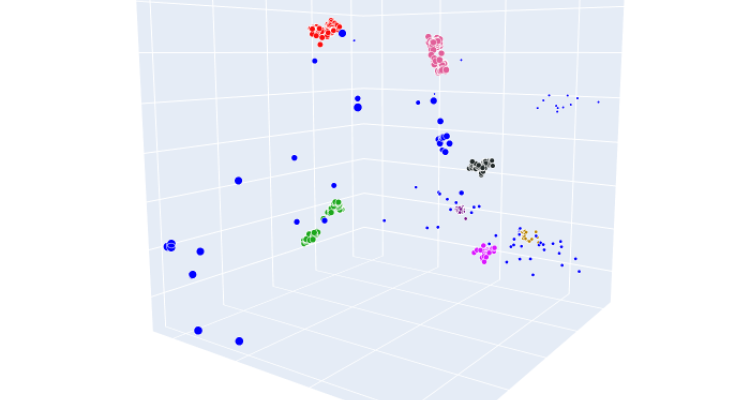
Colloquium
Fixation detection in eye tracking data collected in immersive virtual reality: An evaluation of unsupervised methods
By Joep Robben
Abstract
This thesis research evaluates unsupervised clustering methods to detect fixations in eye tracking data collected in immersive virtual reality (IVR). Eye tracking technology is used in cognitive research to measure visual attention and gain insight into mental processes. Recent technological advancements in head-mounted display technology have made it possible to perform eye tracking experiments in IVR, which allows observers to perform natural tasks in natural environments. However, detecting fixations in eye tracking data collected in IVR is still a challenging task. In this thesis, the performance of unsupervised clustering methods for fixation detection is evaluated using ground truths generated by the established I-DT method. For the performance evaluation, a sample-level F1 score and an event-level F1 score were computed, alongside a mean absolute error (MAE) regarding the number of fixation events and an MAE regarding the mean duration of fixation events. The performance of a spatio-temporal clustering method, ST-DBSCAN, is compared against that of its regular variant, DBSCAN. The performance of both methods is then compared against that of a supervised Random Forest method. The results show that ST-DBSCAN outperformed DBSCAN, and that both unsupervised clustering methods outperformed the supervised Random Forest method. These findings indicate that unsupervised clustering methods, and in particular spatio-temporal clustering methods, can be used as an alternative to existing methods for fixation detection in eye tracking data collected in IVR. This conclusion not only underscores the importance of spatio-temporal clustering methods in IVR eye tracking analysis but also highlights their potential to drive innovation and improve user experiences in a wide range of IVR applications.